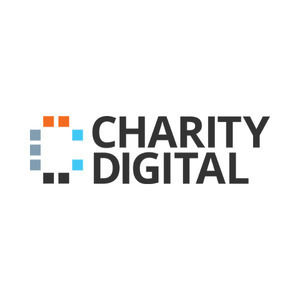Insights
INSIGHTS
All Topics
How charities can innovate during tough times
08 Nov 2022by Josie Sparling
We look at a recent guide from Access and consider how charities can achieve long-term financial sustainability in the charity sector through innovation
The cost-of-living crisis is putting pressure on charities from two directions: service demand is increasing while charities face financial strain due to inflation and the fall of donations. Making a difference seems evermore difficult as these pressures mount.
But here is the good news: times of adversity can be used as an opportunity to innovate and build more sustainable charitable practices. We look at Access’s free guide, ‘The Cost of Giving Crisis: How the charity sector can react to another economic crisis’, and explore how charities can use innovation to enhance their long-term financial sustainability.
Use digital technology to reach your goals
Every charity has unique goals to meet and challenges to overcome. Charities can use technology in many ways to address their unique circumstances.
You might redesign your website, engaging more visitors by putting content front-and-centre, or you might use data to better understand your supporters and target communications accordingly. The Christian charity Refugee Roots embraced technology to create the “perfect online ‘shop window’” which could be managed by volunteers and still functioned well for users.
The report also describes how Sheffield Hospitals Charity adapted during the pandemic by investing in technology that was easier for staff and supporters to use. This helped save staff time, allowed the charity to move fundraising activities online, and optimised their use of Google Ad Grants.
By effectively using digital tools, charities can reach their goals – whether that consists of improving your internal and external communications or increasing efficiency within your organisation.
Access emphasises the ability of technology to address multiple challenges at once and keep it simple for charity staff to achieve their best.
The key to innovation is considering new ways of approaching a challenge. Digital tools are then often an ideal candidate because they can facilitate many different options to help adapt as times change. Keep in mind your charity’s unique purposes when using digital tools in order to innovate appropriately and ensure long-term sustainability.
Work with flexibility, transparency, and compassion
St Petrocs, a charity that works to tackle homelessness in Cornwall, have achieved long-term sustainability after adapting to the challenges of the COVID-19 pandemic. By reframing its discussions about homelessness and focusing on the current events of the time, the charity was able to maintain support for its cause throughout the past two years. This shows how flexibility during challenging times can pay off in the long term.
The report also discusses the need for charities to be transparent with supporters, both in describing how the cost-of-living crisis is affecting service delivery and fundraising, as is seen in Kidney Care UK’s Priced Out of Existence Campaign.
This also includes being transparent about where donated money is being spent. Transparent communications build trust with donors, clearly communicate the need for support, and can maintain strong relationships with those who may not be able to donate right now.
Access notes that compassion is key when it comes to service users, supporters, and staff. For example, they advise to make sure your internal communications are consistent and well-considered, acting with awareness that staff are also affected by the crisis. It notes that it is also important, as always, to say “thank you” to all involved in furthering your cause.
Download the full guide
Click the link above to download Access’s latest guide for charities in the cost-of-living crisis
Josie Sparling
More on this topic
Related Content
Recommended Products
Featured Products
15 Jan 2025by Laura Stanley
How to revisit your charity’s story in 2025Sponsored Article
14 Jan 2025by Christine Chiu
A simple guide to social banners and imagesSponsored Article
03 Jan 2025by Josie Sparling
The complete guide to livestream fundraising
Our Events
Charity Digital Academy
Our courses aim, in just three hours, to enhance soft skills and hard skills, boost your knowledge of finance and artificial intelligence, and supercharge your digital capabilities. Check out some of the incredible options by clicking here.























